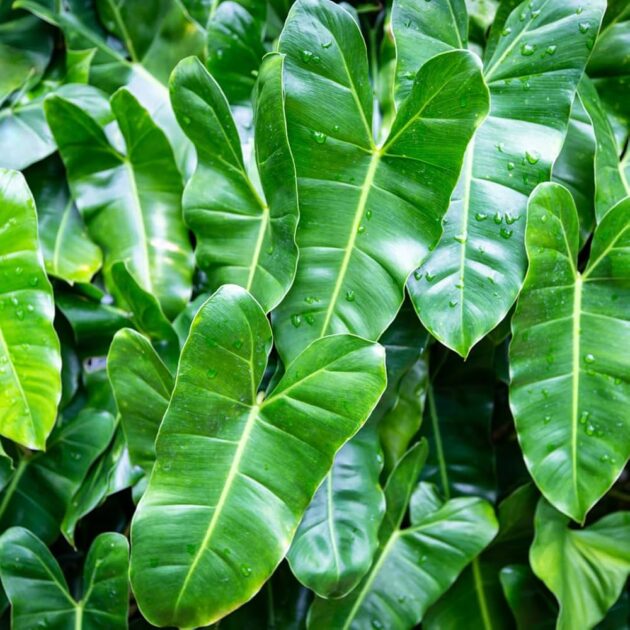

kamini/oxygen plant
₹199.00 Original price was: ₹199.00.₹129.00Current price is: ₹129.00.
Details:
The Kamini plant (Plumeria rubra) is a highly prized ornamental plant, known for its stunning flowers, sweet fragrance, and easy care requirements. Whether grown as a small tree or shrub, it adds a tropical touch to any garden or landscape. Its striking blooms make it a favorite for landscaping in tropical climates, and its propagation via stem cuttings allows for easy cultivation. With proper care, Kamini can thrive in a variety of settings and provide year-round beauty and fragrance.
Description
Kamini (scientific name: Plumeria rubra) is a fragrant, flowering shrub or small tree known for its beautiful blooms and aromatic flowers. It is commonly found in tropical and subtropical regions, prized for its vibrant colors and fragrant scent. Kamini is often planted in gardens, landscapes, and can also be grown as an indoor plant in suitable climates.
Common Names:
- Kamini
- Frangipani
- Plumeria
- Temple Tree (in some regions)
- Champa (in parts of India)
Description:
- Size: Kamini plants are typically small trees or large shrubs, reaching a height of 3 to 6 meters (10 to 20 feet), but they can be pruned to maintain a smaller size, especially in garden settings. The plant’s growth is dense and compact, with spreading branches that give it a rounded appearance.
- Leaves: The leaves of the Kamini plant are long, lance-shaped, and glossy green. They are arranged alternately along the stems and have a smooth texture. These large leaves provide a lush backdrop for the stunning flowers.
- Flowers: Kamini is most famous for its fragrant flowers, which grow in clusters at the ends of the branches. The flowers are typically 5-petaled and come in a range of colors, including white, yellow, pink, and red. The flowers have a pleasant, sweet fragrance that is most pronounced in the evening. They are often used in religious offerings and for ornamental purposes in tropical gardens.
- Flowers’ Shape and Color: The flowers have a distinct shape, with their petals slightly overlapping in a star-like formation. The most common color variation is white with a yellow center, but you can also find pink, red, and even orange varieties. The fragrance of the flowers is strong, sweet, and aromatic, often making them a favorite for making flower garlands.
- Fruit: The plant produces fruit pods that contain seeds. The pods are long, cylindrical, and resemble small capsules. These are not typically of interest for cultivation, as the plant is propagated mainly through cuttings.
Habitat:
- Native Region: Kamini is native to Central America, particularly Mexico, as well as Caribbean islands and parts of Southeast Asia. It thrives in tropical and subtropical climates and is commonly found in gardens, along roadways, and in temples in tropical regions.
- Growing Conditions: Kamini plants prefer warm, tropical climates but can also grow in subtropical areas. They require full sun to bloom profusely and will not perform well in shady areas. They are also tolerant of drought once established, making them relatively low-maintenance.
Care Requirements:
- Light: Kamini plants require full sunlight to grow and bloom well. A minimum of 6-8 hours of direct sunlight each day is ideal for them to thrive. If grown indoors, ensure they are placed near a sunny window or patio.
- Watering: Kamini plants are fairly drought-tolerant but benefit from regular watering, especially during the growing season. However, it’s important not to overwater, as this can lead to root rot. Ensure the soil is allowed to dry out between waterings. During winter, reduce watering as the plant’s growth slows down.
- Temperature: Kamini plants thrive in warm temperatures between 20°C to 30°C (68°F to 86°F). They are not frost-tolerant and should be protected from cold temperatures below 10°C (50°F).
- Soil: The plant prefers well-draining soil that is slightly acidic to neutral. A sandy or loamy soil mix works well. Make sure the plant is in a pot or garden bed with good drainage to prevent water from accumulating around the roots.
- Humidity: Kamini plants prefer moderate to high humidity, which is why they thrive in tropical climates. If grown indoors, placing the plant on a humidity tray or occasional misting can help maintain adequate moisture levels around the plant.
- Fertilizing: During the growing season (spring and summer), Kamini plants can benefit from regular feeding. Use a balanced, slow-release fertilizer to encourage growth and flowering. Fertilizing once a month is typically sufficient. Reduce fertilizing during the fall and winter months when the plant enters dormancy.
Propagation:
Kamini plants are most commonly propagated by stem cuttings:
- Take a healthy cutting from the tip of a branch, ideally 6-8 inches long, with at least one node.
- Allow the cutting to callus over for a few days to prevent rot.
- Plant the cutting in a well-draining potting mix, and keep it in a warm, bright location.
- Water sparingly until roots develop (usually within a few weeks).
Pests and Problems:
Kamini plants are relatively pest-resistant but may occasionally encounter issues with:
- Mealybugs, aphids, and scale insects, which can be treated with insecticidal soap or neem oil.
- Powdery mildew or fungal infections, particularly in overly humid or wet conditions. Ensure good air circulation around the plant.
- Leaf drop may occur if the plant is subjected to sudden changes in temperature or humidity or if it is overwatered.
Benefits:
- Fragrance: The sweet, pleasant fragrance of the flowers makes the Kamini plant a favorite in gardens and temples. The flowers are often used in garlands and religious offerings.
- Aesthetic Appeal: The showy blooms and glossy green leaves make it a beautiful addition to gardens or patios, adding tropical beauty and color.
- Cultural Significance: In many tropical cultures, the Kamini plant is highly revered. Its flowers are used in temple rituals and religious ceremonies, especially in India, Southeast Asia, and the Caribbean.



Reviews
Clear filtersThere are no reviews yet.